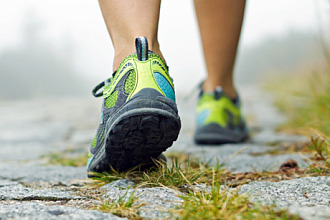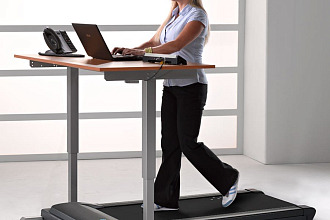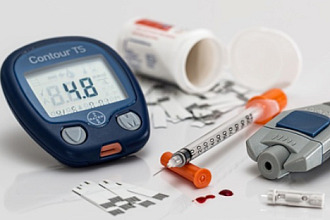Abs, thighs and hips are at the forefront of most people's training goals.
Meanwhile, some of our most important muscles are overlooked--namely, the upper back and shoulder rotators, which are responsible for holding us upright, maintaining our posture, and stabilizing the scapula (shoulder blades) and the freely mobile shoulder joint for every activity we do. If they're underdeveloped, you may end up suffering from a rounded, slouched appearance. Add hours spent at a desk job, hunched over a keyboard, and you'll take home an aching back as well.
The Basic 5
These elements are crucial to your baseline body needs in order to maintain health. The activities highlighted in dark blue are components of the integrated workout on these pages.
Strength: Increases muscular and functional strength, may improve bone density, pumps your metabolism, reshapes and tones your muscles.
Cardio: Strengthens your heart and lungs, increases aerobic endurance and power, burns calories, improves mood.
Flexibility: Increases joint range of motion and muscle suppleness, improves ease of movement.
Restorative: Induces physical and mental relaxation to reduce stress.
Core: Engages the strong deep muscles of your torso to improve stabilization, coordination and balance.
Clue Into Your Muscles
Try these back-saving tips to increase your muscle memory and keep your posture in check.
Instead of pulling your shoulders back, draw the bottom of your shoulder blades down and in toward your spine and lift your breastbone; maintain this position whether standing or seated.
This is a subtle movement that creates balance for your entire upper torso. (It may be uncomfortable at first, particularly if you're not accustomed to it.) Hold the position for about 15 seconds, then relax as needed. Add on 15 to 30 seconds at a time until you're doing it without having to think about it.
If you can't feel the rhomboid muscles located between your shoulder blades, have a friend place two fingers there and visualize the tips of your shoulder blades touching them; ask your friend if he or she can feel your muscles contracting.
Be aware of when you're slouching, then self-correct immediately. You'll eventually break the habit.
Picture originally found here


























